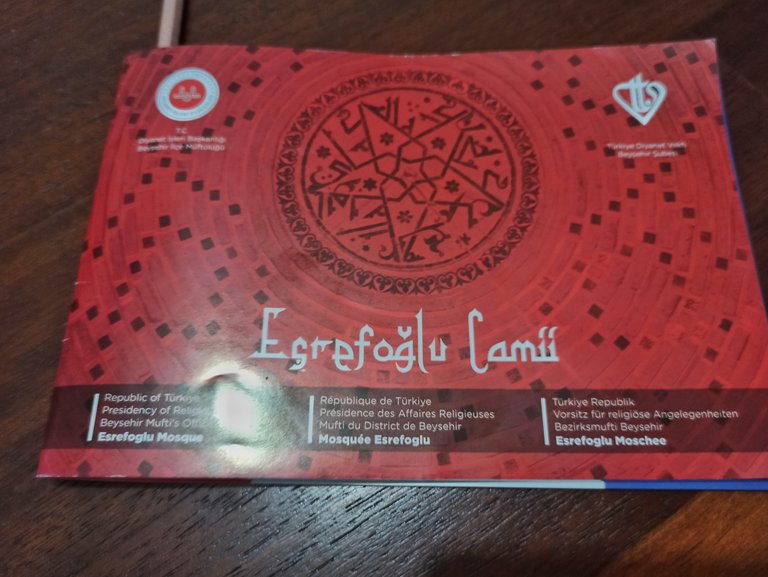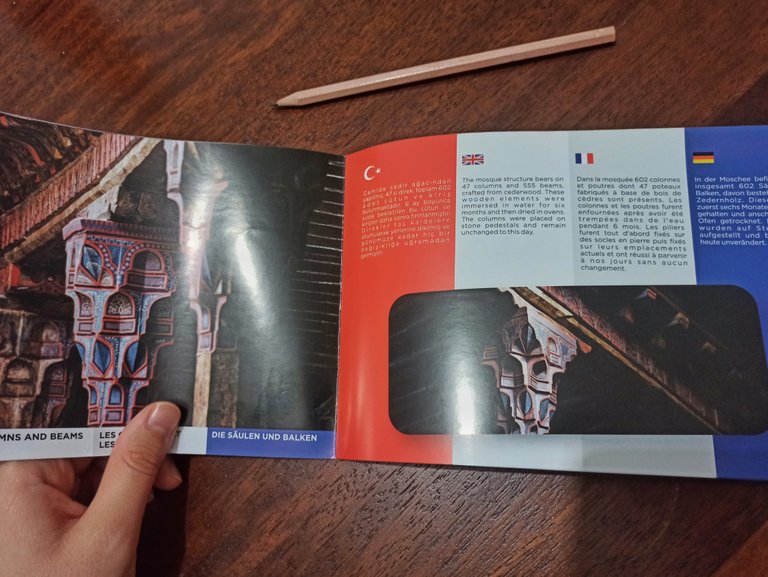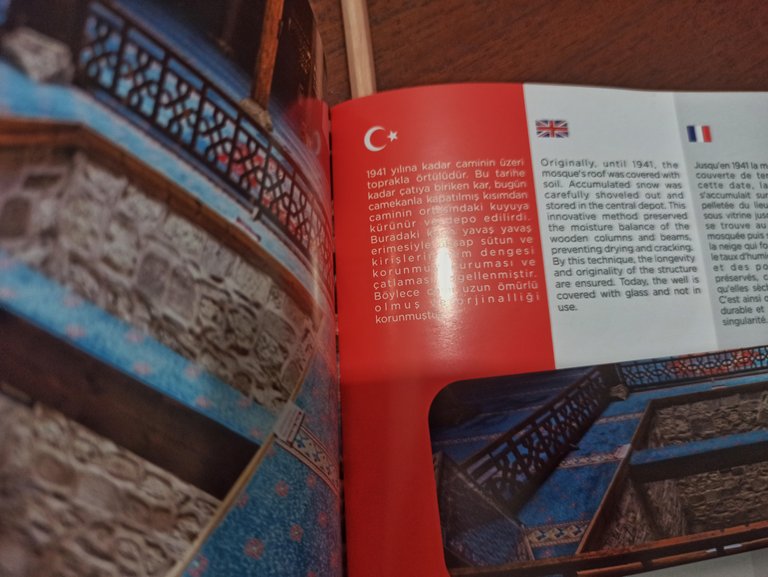

I'm here with another one of my 'One history, one me' articles. I continue with the historical buildings of the Beyşehir series. In my previous article, I told you about our first irrigation canal project, the Stone Bridge. Today I would like to tell you about the historical Eşrefoğlu Mosque. The brochure states that this place was built between 1296 and 1299. It was exciting to visit a building that is approximately 720 years old. Eşrefoğlu Mosque was built by Seyfettin Süleyman Bey, the founder of Eşrefoğlu Principality. The exterior of the mosque is made entirely of stone and the interior is entirely made of wood. It is truly astonishing that although the entire interior is made of wood, it has not rotted for 720 years. I think this is the product of a great architectural genius. The mosque is still used as a place of worship today. Since there was no prayer time during our visit, we freely explored the interior. 🕌
'Bir tarih bir ben' yazılarımdan biriyle daha karşınızdayım. Beyşehir'in tarihi yapıları serisi ile devam ediyorum. Önceki yazımda sizlere ilk sulama kanalımız projesi olan Taş Köprü'yü anlatmıştım. Bugün sizlere tarihi Eşrefoğlu Camisini anlatmak istiyorum. Broşürde buranın 1296-1299 yılları arasında yapıldığı yazıyor. Yaklaşık 720 yıllık bir yapıyı geziyor olmak heyecan vericiydi. Eşrefoğlu Camii, Eşrefoğlu Beyliği'nin kurucusu Seyfettin Süleyman bey tarafından yaptırılmış. Caminin dışı tamamen taştan, içi ise tamamen ahşaptan yapılmıştı. İçinin her yerinin ahşaptan yapılmasına karşı 720 yıl boyunca çürümemiş olması gerçekten hayret verici. Bu bence çok büyük bir mimari dehanın ürünü. Cami günümüzde hâlâ ibadet alanı olarak kullanılıyor. Ziyaretimiz sırasında ibadet saati olmadığı için içini rahatça gezdik. 🕌

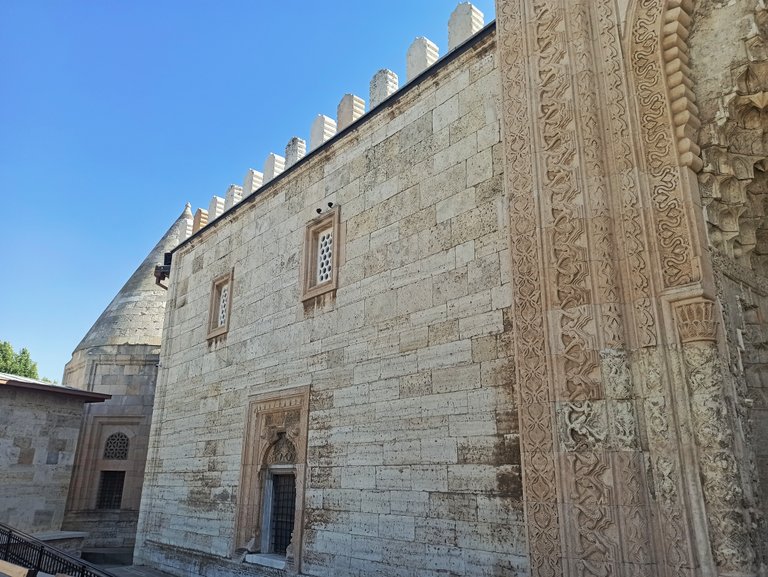
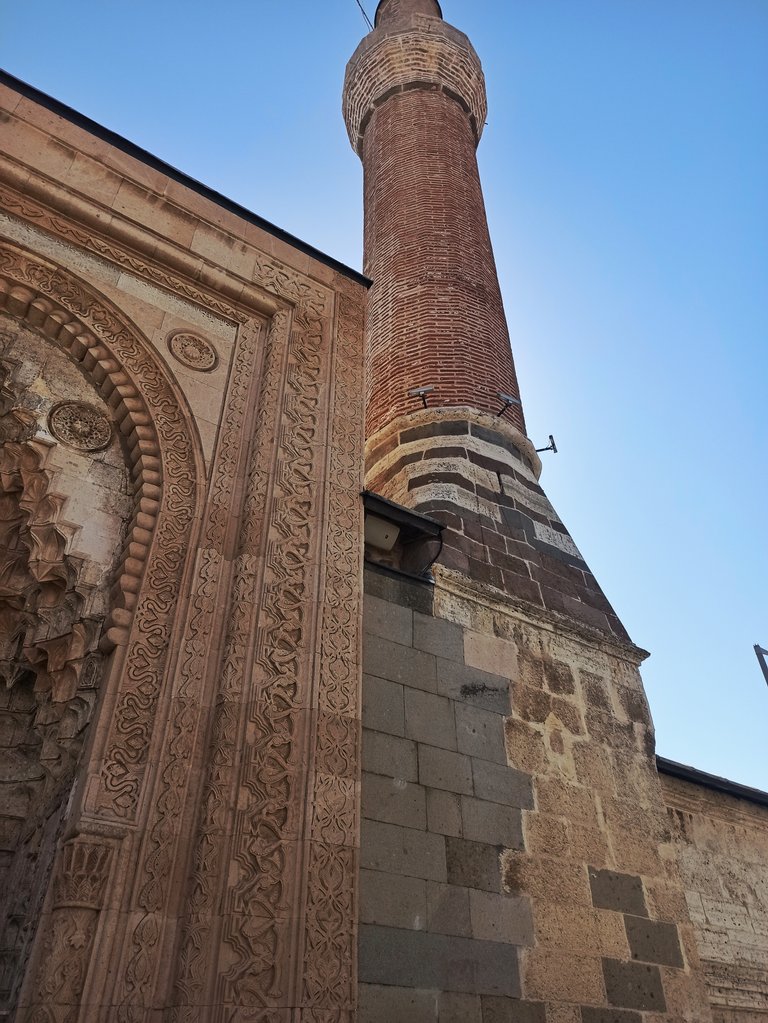
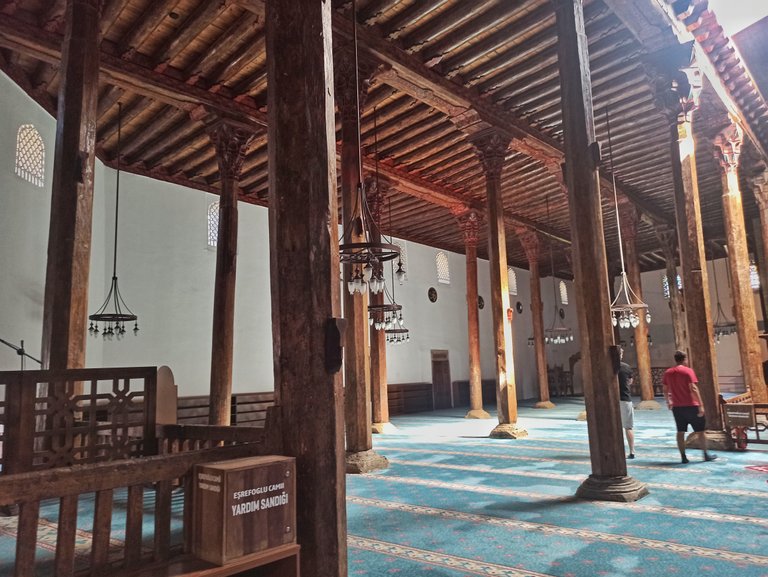

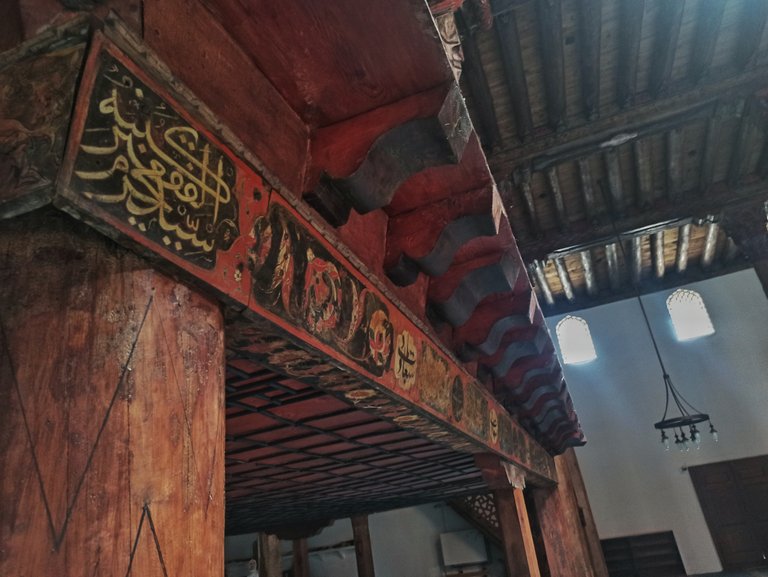

The interior design of the mosque looked old but well-kept. From the moment I walked in, every corner caught my attention. There was an open section in the middle that extended all the way to the ground. When I examined this place carefully, I wondered if it would not come in through the open section when it rained and snowed. When I asked my friend why this place was built like this, he said that this part was called "karlık". He said that thanks to this snow section, the humidity of the wooden structures in the mosque was preserved and their lifespan was so long. ❄️🌨️Moreover, in winter, stoves were burning inside the mosque and people were putting extra snow and ice in this section so that the trees would not crack from the heat. Additionally, no nails were used in the construction of this mosque. 🕌These details made me very excited.
Caminin iç dizaynı eski ancak bakımlı gözüküyordu.🏚️ İçeri girdiğim andan itibaren her köşesi ilgimi çekmişti. Ortada üstü açık ve ve yere uzanan bir bölüm vardı. Burayı dikkatle incelediğimde acaba yağmur ve kâr yağdığında üstü açık kısımdan içeri girmez mi diye düşündüm. Arkadaşıma buranın ne amaçla böyle yapıldığını sorduğumda bu kısma "karlık" denildiğini söyledi. Bu karlık bölümü sayesinde camideki ağaç yapıların neminin korunduğunu ve ömrünün bu kadar uzun olduklarını söyledi.❄️🌨️ Üstelik kışın cami içinde soba yanıyormuş ve ağaçlar sıcaktan çatlamasın diye insanlar bu kısma ekstra kar ve buz koyuyorlarmuş. Ayrıca bu caminin yapımında hiç çivi kullanılmamış. 🕌Bu detaylar beni epey heyecanlandırmıştı.
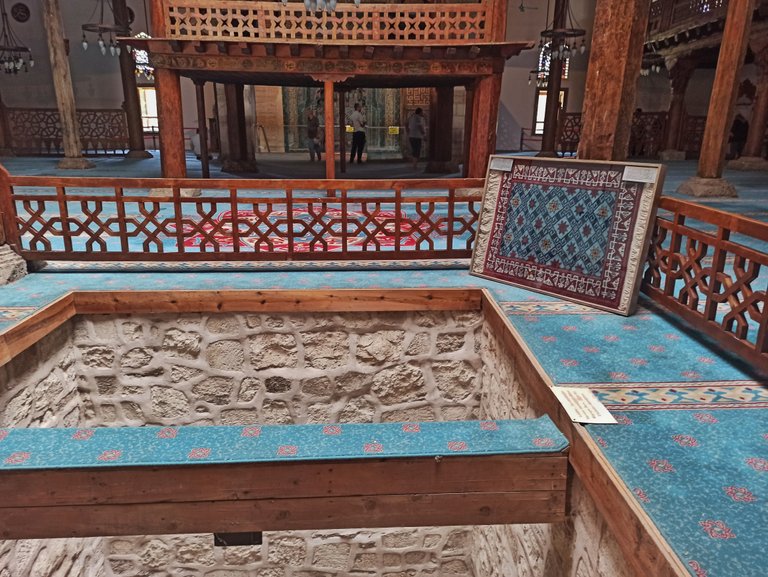
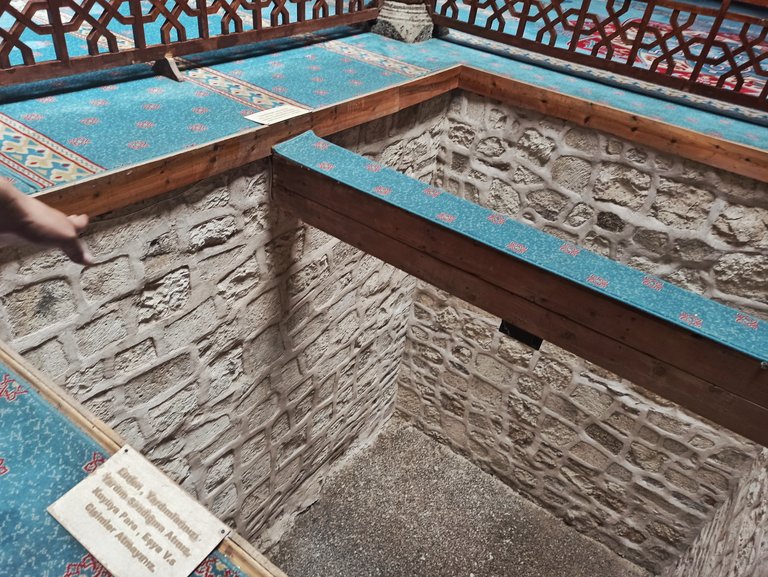
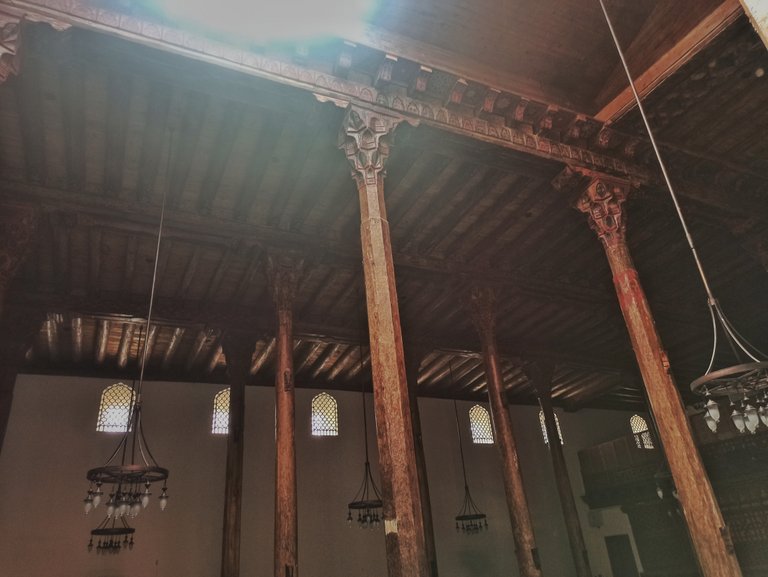


A little further on, I saw a place divided into a separate compartment, covered with glass. When I asked my friend why this place was built like this, he told different stories about this place being a tunnel. “There is a road from under the mosque to the tower on the lake,” he said. According to a rumor, this place was built to protect the sultan's daughter. According to another rumor, it was used as an emergency escape point and shelter in times of war. However, the tower is not visible in Beyşehir Lake, people think that the tower is flooded.🗼You decide which one might be correct.🙂
Biraz daha ilerde ayrı bir bölmeye ayrılmış ve üstü camla örtülmüş bir yer gördüm. Buranın neden böyle yapıldığını arkadaşıma sorduğumda buranın bir tünel olduğuyla ilgili değişik hikayeler anlattı. Caminin altından Beyşehir Gölü'nün içindeki bir kuleye açılan yol varmış.🌊 Bir rivayete göre burası padişahın kızını korumak için yapılmış. Başka bir rivayete göre ise savaş zamanında acil kaçış noktası ve sığınak amacıyla kullanılmış. Ancak Beyşehir Gölü'nün içinde görünen herhangi bir kule yok, halk kulenin sular altında kaldığını düşünüyormuş.🗼Hangisinin doğru olabileceğine siz karar verin.🙂
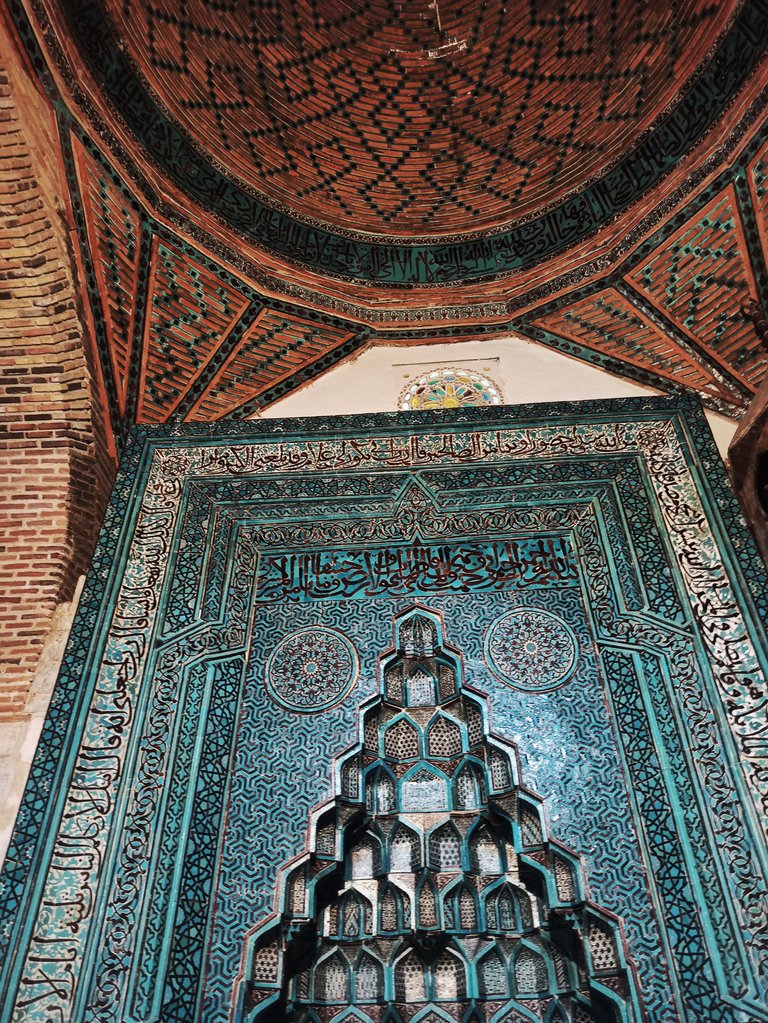
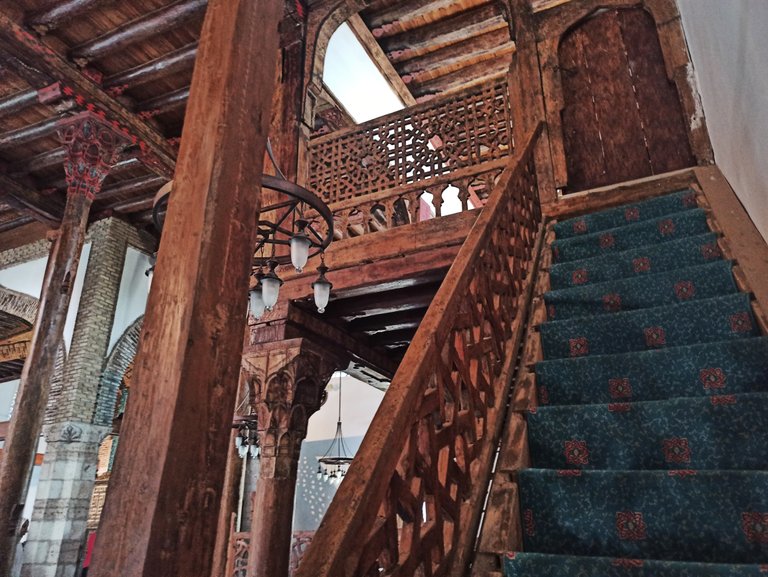
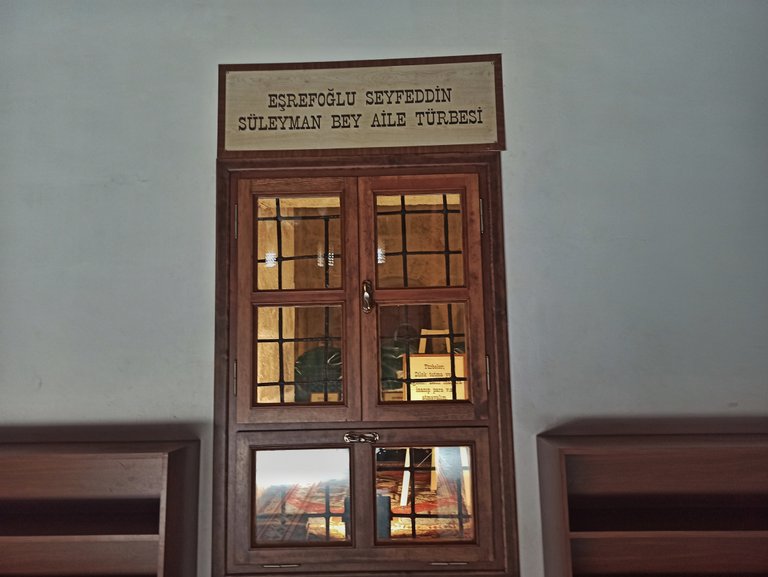


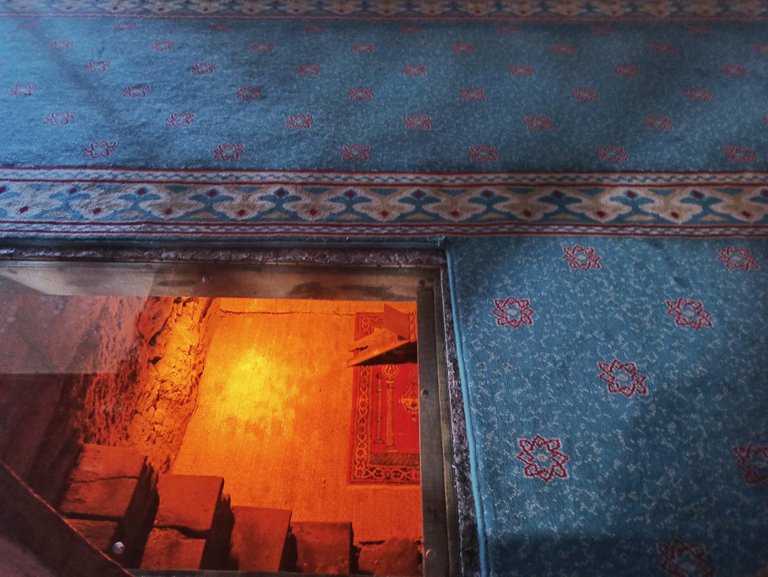
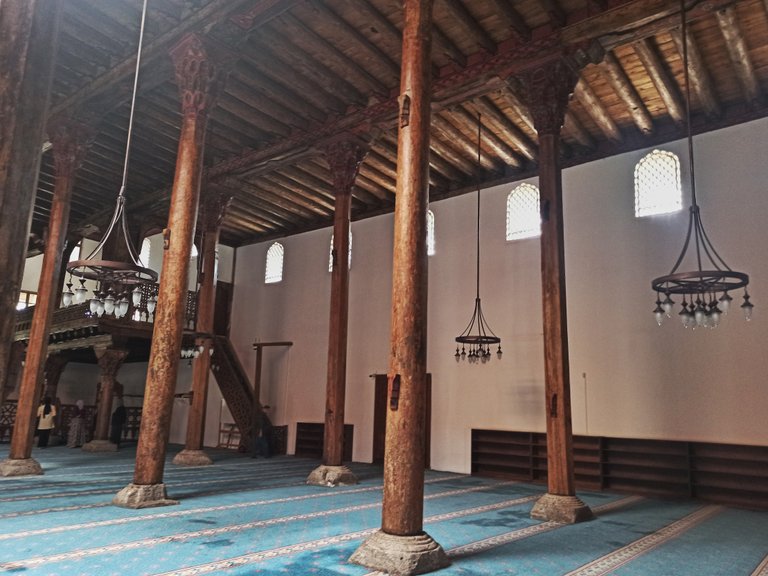

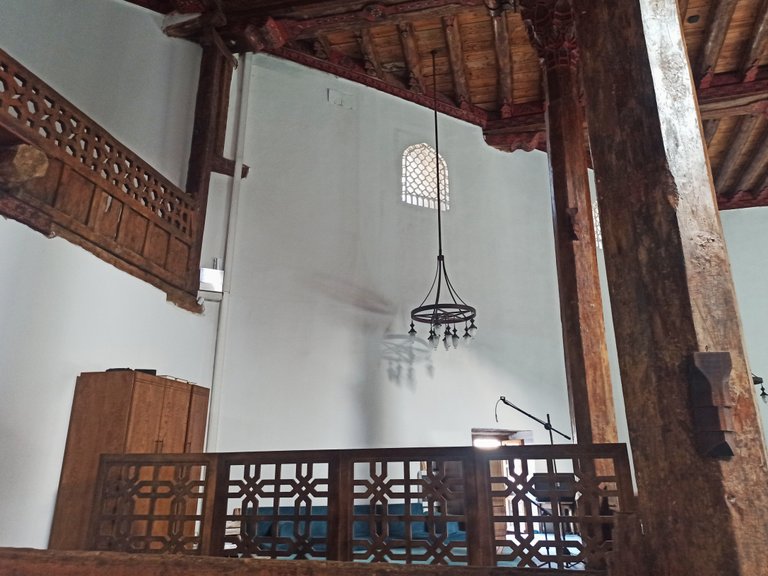
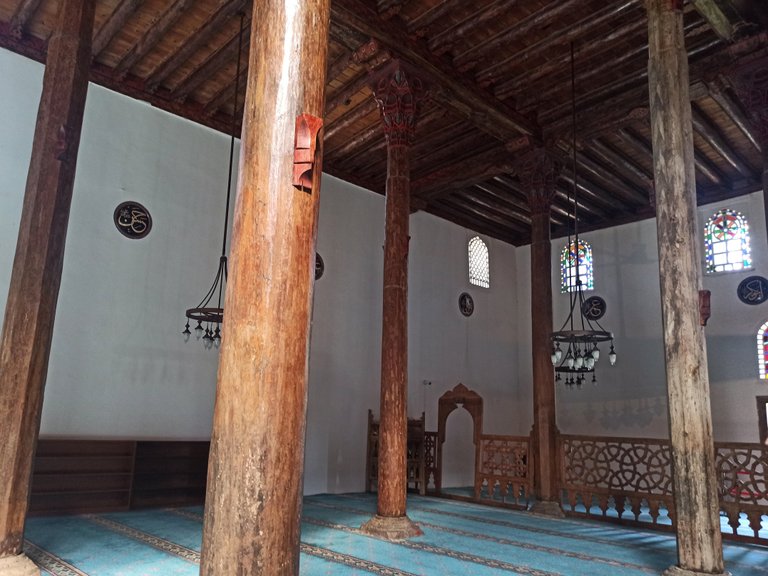
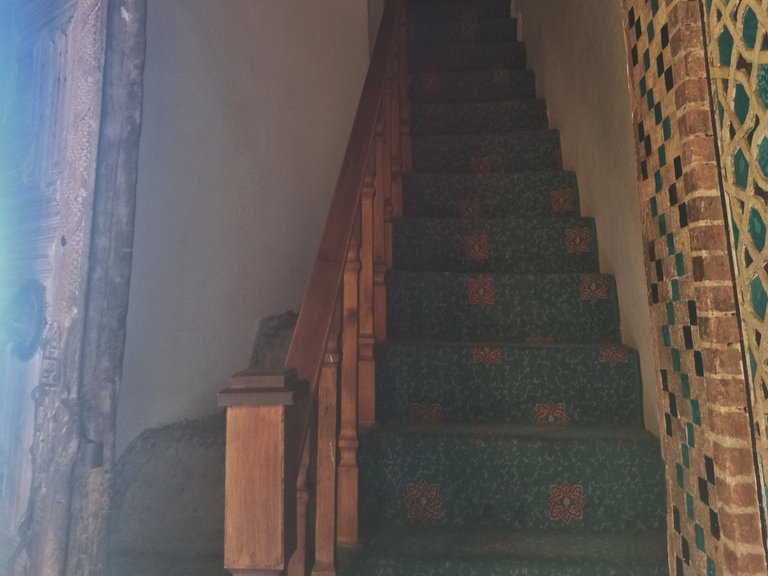
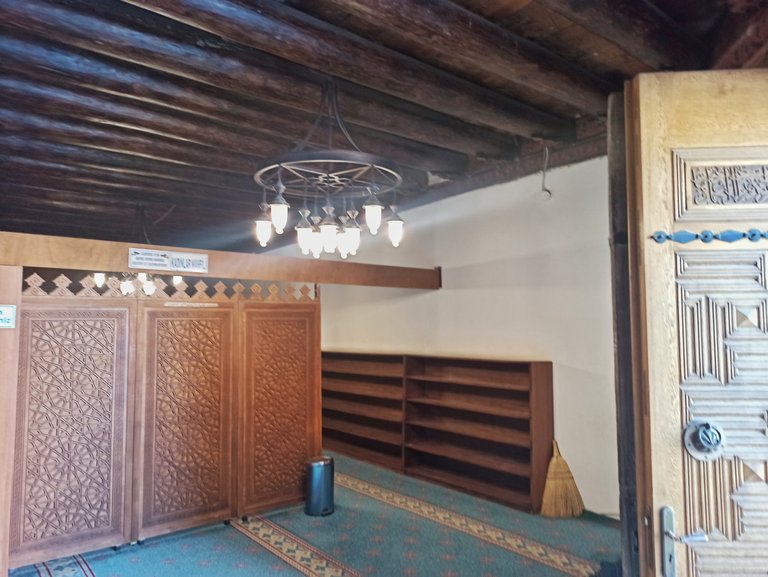
When we left the mosque, there was a promotional brochure at the information stand. Since I was told that anyone who wanted it could get it for free, I immediately bought one for myself. 📒 I read very interesting information in the brochure. It is also written that the wooden poles used in the construction of the mosque were soaked in water for 6 months and then cooked and used in the construction. In this way, it is written that the trees are long-lived. The decorations and colors inside the mosque are worked in magnificent harmony. Every detail caught my attention.
Camiden çıkarken bilgilendirme standında bir tanıtım broşürü vardı. İsteyenlerin ücretsiz bir şekilde alabileceği söylendiği için hemen bir tanesini kendime kaptım. 📒Broşürde de çok ilginç bilgiler okudum. Caminin altında çilehanelerin olduğu yazıyor. Ayrıca caminin yapımında kullanılan ağaç direklerin 6 ay boyunca suda bekletilip ondan sonra fırınlanıp inşa işinde kullanıldığı yazıyor. Bu sayede de ağaçların ömrünün uzun olduğu yazıyor. Caminin içindeki süslemeler renkler muazzam bir ahenkle işlenmişti. Her detayı ayrı ilgimi çekmişti.

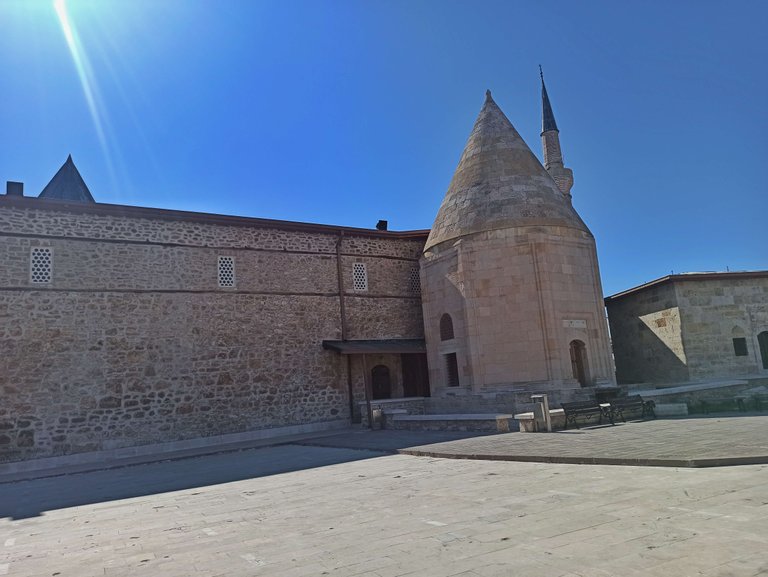
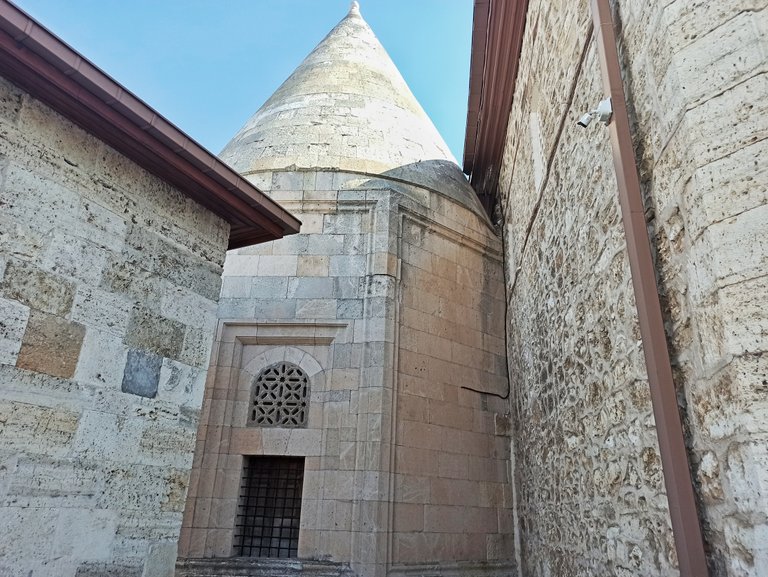
It was the work with the most interesting and mysterious details I have seen after Hagia Sophia. I think that this mosque, which is still actively used after 720 years, is a historical monument that everyone should see and visit.🕌 Thank you for reading. 🌼
Ayasofya'dan sonra gördüğüm en ilginç ve gizemli detaylara sahip eserdi. 720 yıl sonra bile hala aktif olarak kullanılıyor olan bu cami bence herkesin görmesi, gezmesi gereken bir tarihi eser.🕌 Okuduğunuz için teşekkür ederim.🌼
